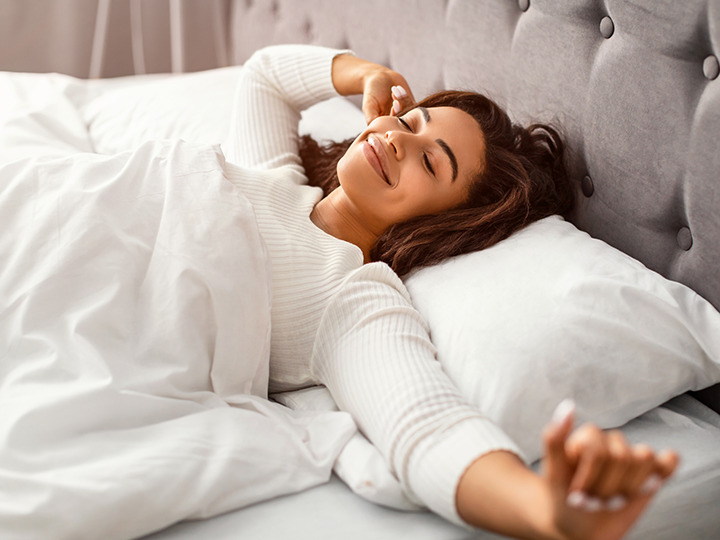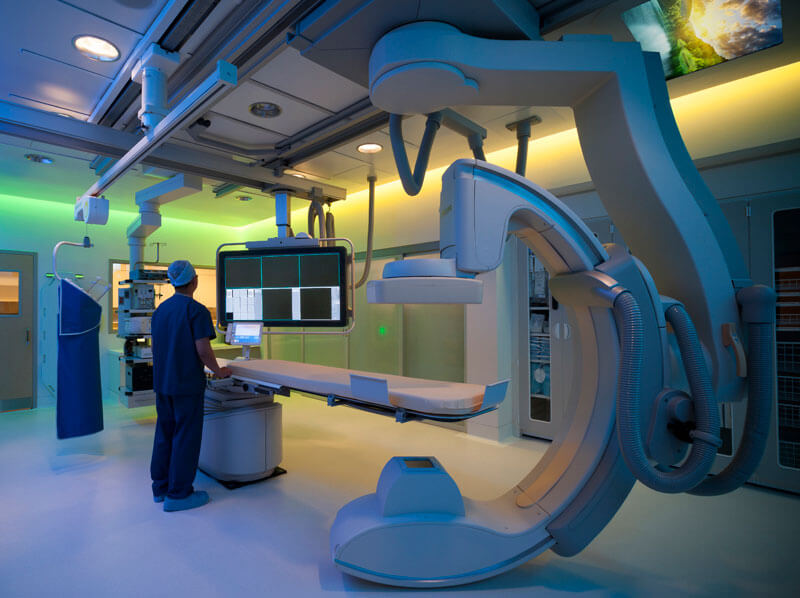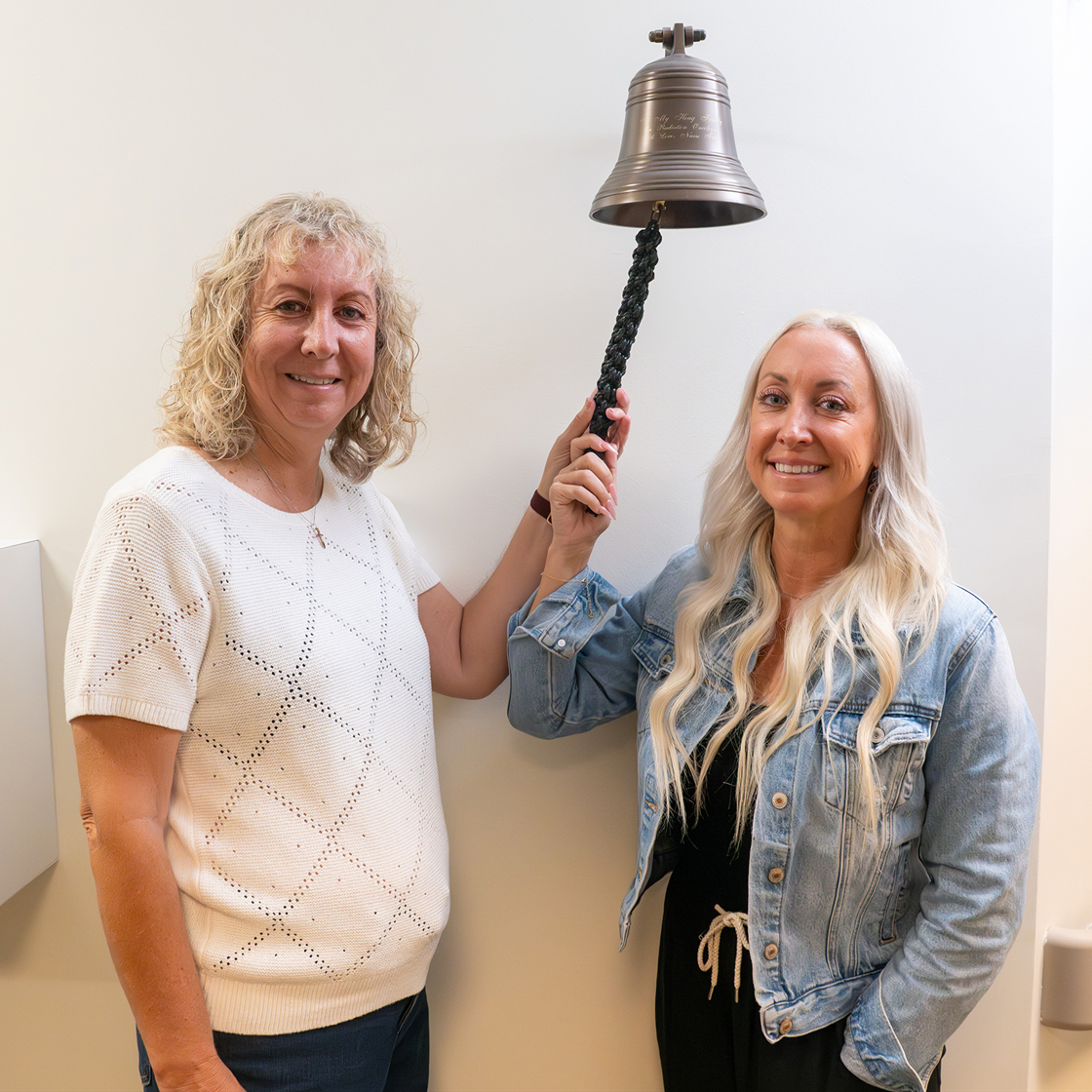Rest, Recharge and Revitalize: A Woman’s Guide to Sleep Health

Ensuring sufficient quality and quantity of sleep is essential for your overall well-being. This is especially true for women. According to the American Academy of Sleep Medicine (AASM), sleep plays a pivotal role in helping women achieve optimal physical, mental and emotional health. The AASM emphasizes the significance of understanding and addressing the unique sleep needs of women to promote optimal health outcomes.
“Getting sufficient quantity and quality of sleep is fundamental to your health. Although it’s sometimes easier said than done, sleep should not be considered optional or a luxury, but rather made a top priority. In order to function optimally during the day, we need to start by making sure we have the best quantity and quality of sleep that we can,” said Cathy Cheng, M.D., a board-certified, sleep medicine specialist at Hoag. Luckily, sleep specialists like Dr. Cheng at the Hoag Sleep Health Program can offer medical help and actionable advice to support your sleep needs.
Limit Your Screen Time. It is best to avoid screen time at least two hours before bed and throughout the entire sleep period until you are ready to get up and start your day. “Of the various environmental factors (e.g., light, noise and temperature) that can disrupt your circadian rhythms and make it harder for you to fall asleep and stay asleep, light is the most potent. Of the various light sources (e.g., light from a lamp versus screen light from a cell phone), screen light has the most damaging effect on delaying your circadian rhythms and making you feel more awake. This is because screen light has more blue-wavelength light, which suppresses your body’s natural production of melatonin. Melatonin is a hormone that otherwise makes you feel sleepy. Therefore, exposing your eyes and hence indirectly your brain, to screen light within two hours of bedtime will suppress your melatonin levels and make you less sleepy,” says Dr. Cheng. Dr. Cheng recommends that you keep your phone in a drawer of your nightstand to limit direct exposure to screen light while maintaining accessibility in case of emergencies. Setting clear boundaries to friends and family to not call or text during bedtime hours will help protect your sleep period. You may also customize your phone settings so that your phone is on silent or night mode during certain hours.
Make Your Bed Your Sanctuary. As Dr. Cheng explains, “Your bed and bedroom are only to be for two purposes: sleep and intercourse. If you are unable to sleep after 20 minutes and you are struggling to fall asleep, you should leave your bed and bedroom and do an activity that is boring and does not involve screen light, such as reading a boring book, listening to a boring podcast, or listening to a guided meditation. To help get back to sleep, you do these boring, non-screen light activities for however long it takes to feel sleepy again. When you are ready to sleep, then you may return to your bedroom and bed. When you only use your bed for sleep or intercourse, you train your brain to associate your mattress as a positive place. The bed and bedroom should not be used to watch TV, work on your laptop, eat food, ruminate, lay awake for hours tossing and turning in bed, or look at the clock doing mental math and getting more stressed out and frustrated the longer you are awake.” Make sure your bedroom is as dark as possible. Move the TV out of the bedroom; do not have a workstation in what should be a rest and sleep area; and use blackout curtains. The above behavioral, lifestyle changes have been proven to be very effective in treating insomnia without having any adverse side effects.
Minimize Your Alcohol Intake. “Some people use alcohol as a sleep aid, but actually alcohol can disrupt your sleep in multiple ways and have potentially-fatal interactions with other medications taken at bedtime,” Dr. Cheng said. “Alcohol can increase sleep fragmentation and cause you to wake up more often during the night, including to urinate. In addition, alcohol is a sedative, which can worsen a common, sleep-related breathing problem called obstructive sleep apnea. Alcohol sedates your muscles, thereby causing your airway to relax and collapse more, which can worsen snoring and cause your blood oxygen to drop to potentially dangerous levels throughout the night while you are sleeping.”
By embracing healthy sleep habits, you will notice a significant improvement in your health, energy level and mood. If you have concerns regarding your sleep health, consult with your doctor. For a complete list of providers, visit Find a Doctor | Hoag Hospital. If you are interested in learning more about Hoag’s specialists, please visit our Sleep Health Program team page or call 949-764-8070.


